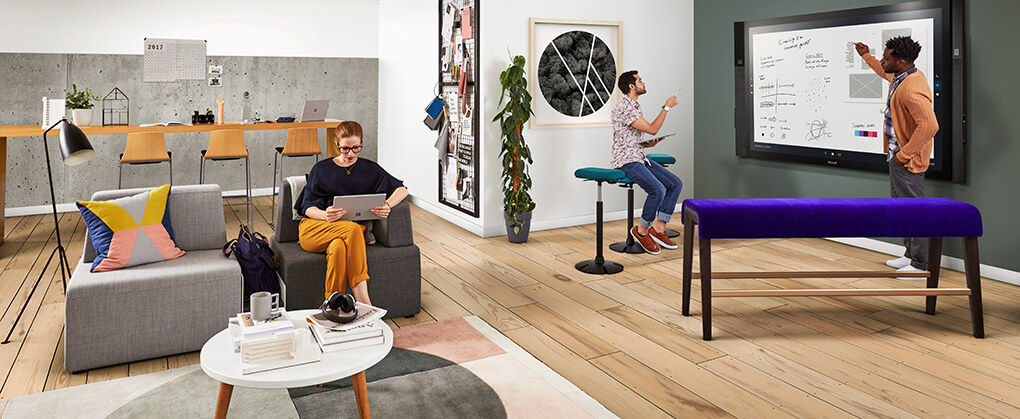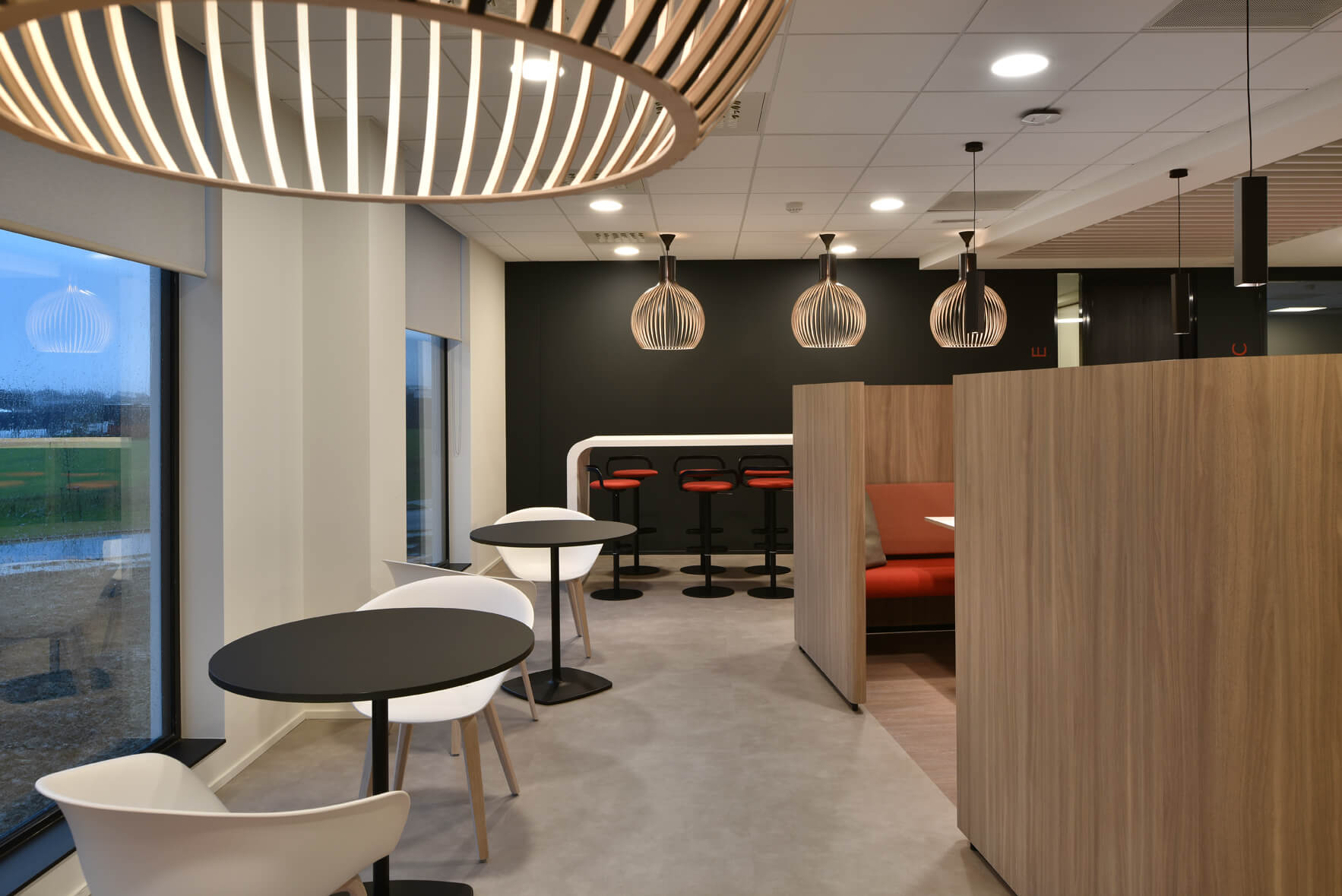Creating workspaces that provide inspiration is good for the health of staff, customers and businesses generally. But workspaces need to be designed to suit the type of work that will be carried out in them. Which stresses the importance of catering for a wide range of fit-outs and designs in your office.
For instance, you’re likely to need space for a War Room, corpoworking, a lab and so on. To enable you to properly understand how these new concepts can be incorporated into your offices, allow us to tell you everything you need to know about how workspaces have evolved.
- What’s the best way to encourage creativity?
- How can you speed up the decision-making process?
- To cut a long story short, some people will tell you that inspiring spaces boost creativity and so you need to create an ecosystem of spaces that are geared to the type of work to be carried out in them.
- Sure, but how do you decide which working environment suits which specific task?
- Maybe you’re thinking of having open plan? Or a flex-office that advocates an absence of permanent desks? But have you actually tried it out?
- Or what about a War Room? Or corpoworking? These two phrases designate new types of workspaces and may seem to you to have been taken from an old film or science-fiction movie.
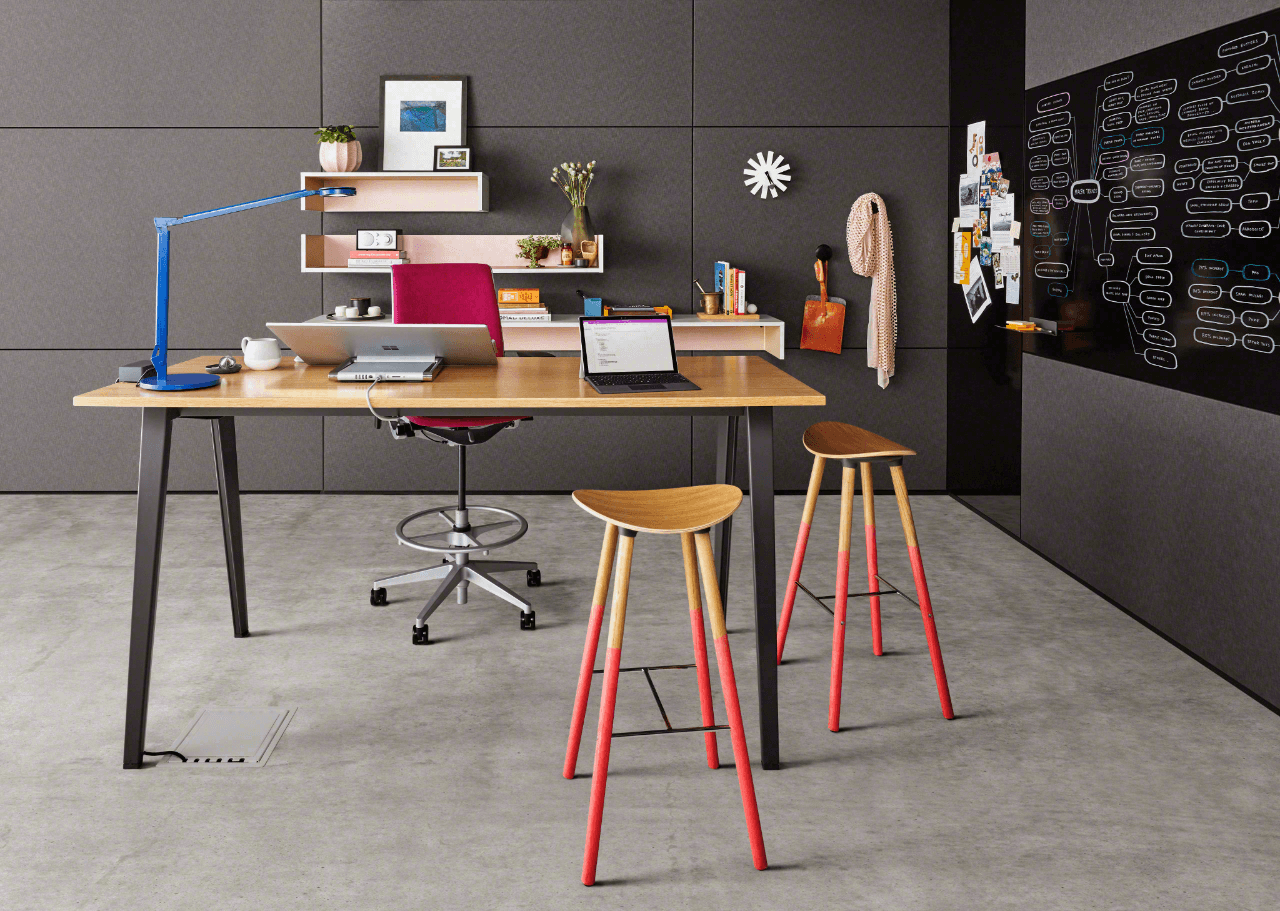
So we’d like to give you a little update.
Let’s start with the War Room: is that where the orders for the final attack will come from? Actually, you’re not far off the mark.
The War Room is a direct reference to Winston Churchill’s war cabinet. During the Second World War, it was in the War Room that major military decisions were made.
The table in the War Room was piled high with maps and military situation reports.
But now the war is well and truly won, the term ‘War Room’ has been resurrected and dusted off to designate a room where ideas will be pored over and important decisions taken.
Another era, perhaps – but the same concept: the modern War Room is still designed to share information and make analyses aimed at responding strategically to whatever the urgent issue of the day happens to be.
A War Room definitely needs to be corporate so that it can convey the functional identity of the company.
It will feature lots of digital screens, whiteboards, a Post-it wall and cameras to enable a maximum amount of feedback.
A ‘Lab’, as in ‘laboratory’, is a space that invites teams to come up with ideas and test solutions.
The Lab is dedicated to thinking and needs to be welcoming (a moveable space to be configured to suit teams and perhaps have a micro-grandstand, footstools, etc.).
It also needs to be practical (with writing walls). The Lab should never be a fixed space and it has to enable staff to appropriate the area for themselves and make it work at the same rate as their thought and creative processes.
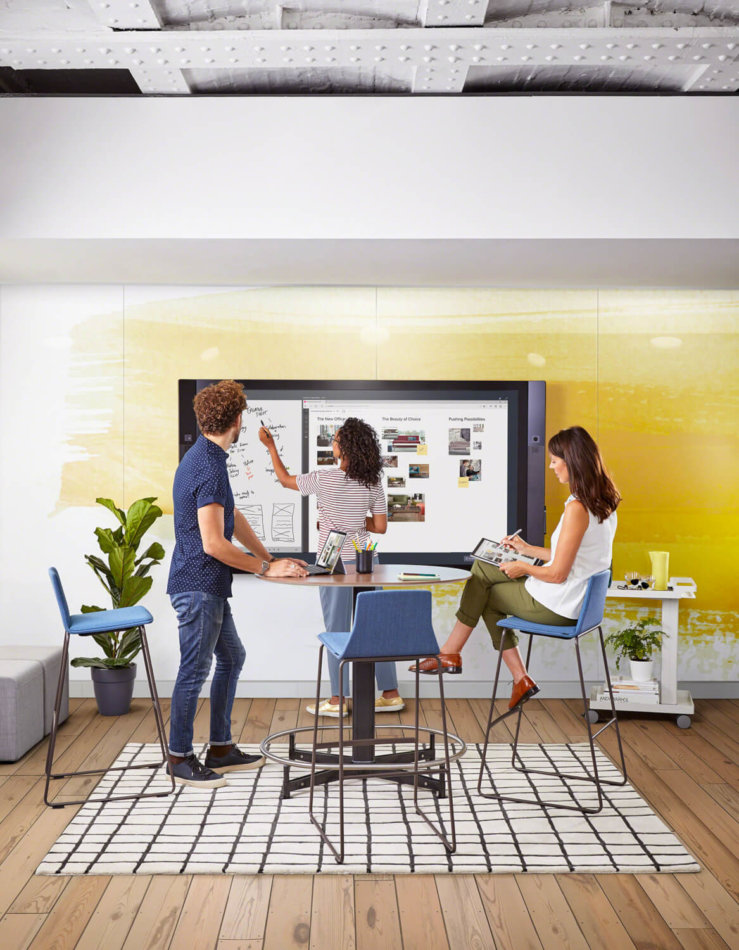
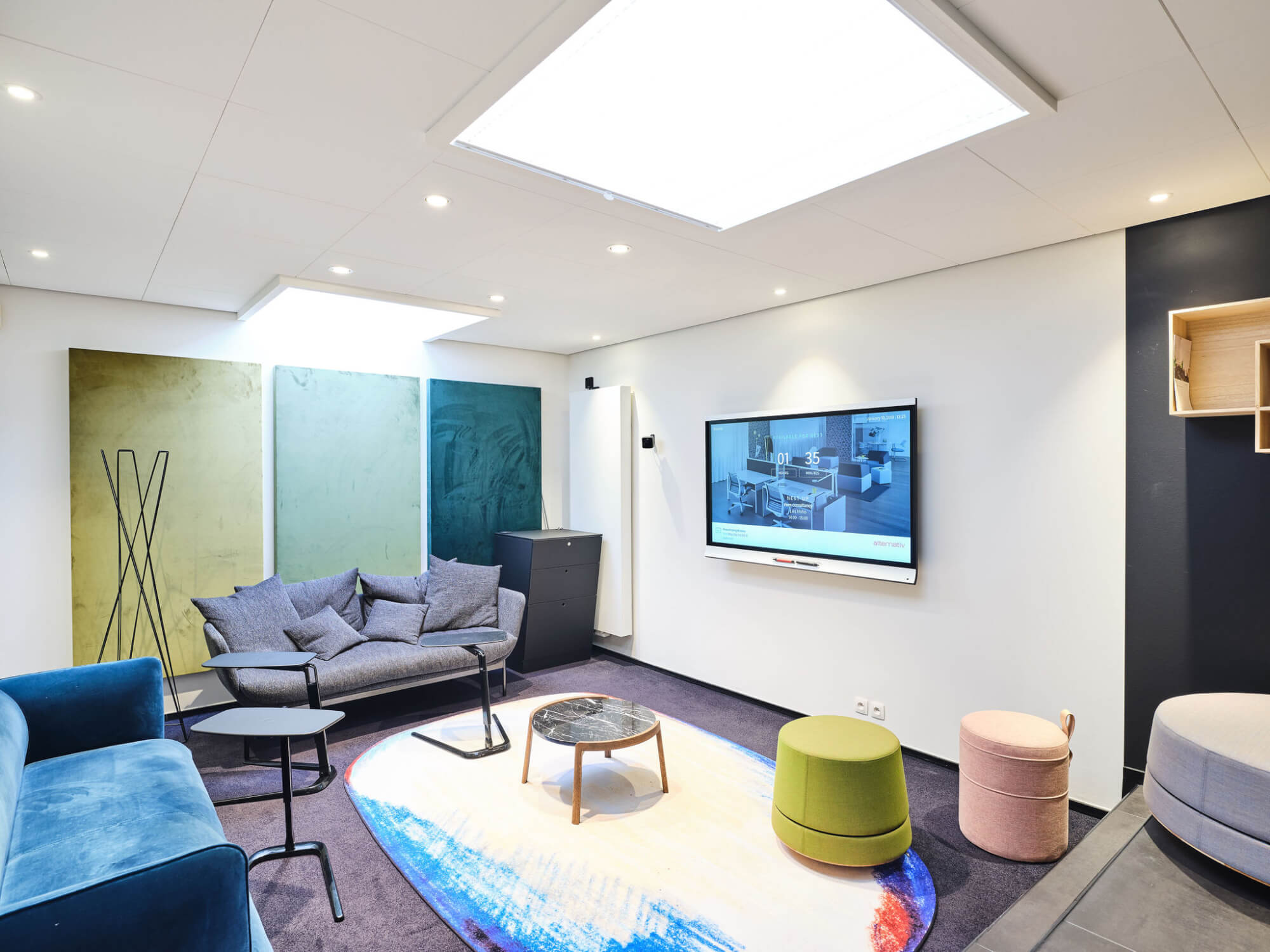
Have you heard of coworking?
Providing staff with an area where they can meet that is different to a conventional individual office may seem not very revolutionary, but it enables your people to break away from their normal routine and helps nurture a genuine spirit of community.
Well, this is ‘corpoworking’. The word is a contraction of ‘corporate’ and ‘coworking’ and is designed to create a space for discussion and exchanges within the company itself.
In terms of fit-out, corpoworking needs to be a workspace that is totally open and modular.
‘Workboxes’ are small meeting areas that can be inserted into an open plan office. They are designed, in particular, to accommodate members of staff who find it hard to concentrate in the open plan configuration.
They can also be called silent rooms, silent areas or think tanks – anything other than an open plan space that promotes concentration and thought!
The world of work has changed changed: relegating work to a single individual office means neglecting the greater good, interacting with everyone’s pool knowledge and the way different skills fit together.
To know everything about tomorrow’s world of work, we strongly recommend the ultra-documented reading, the 306° magazine of our partner Steelcase!



